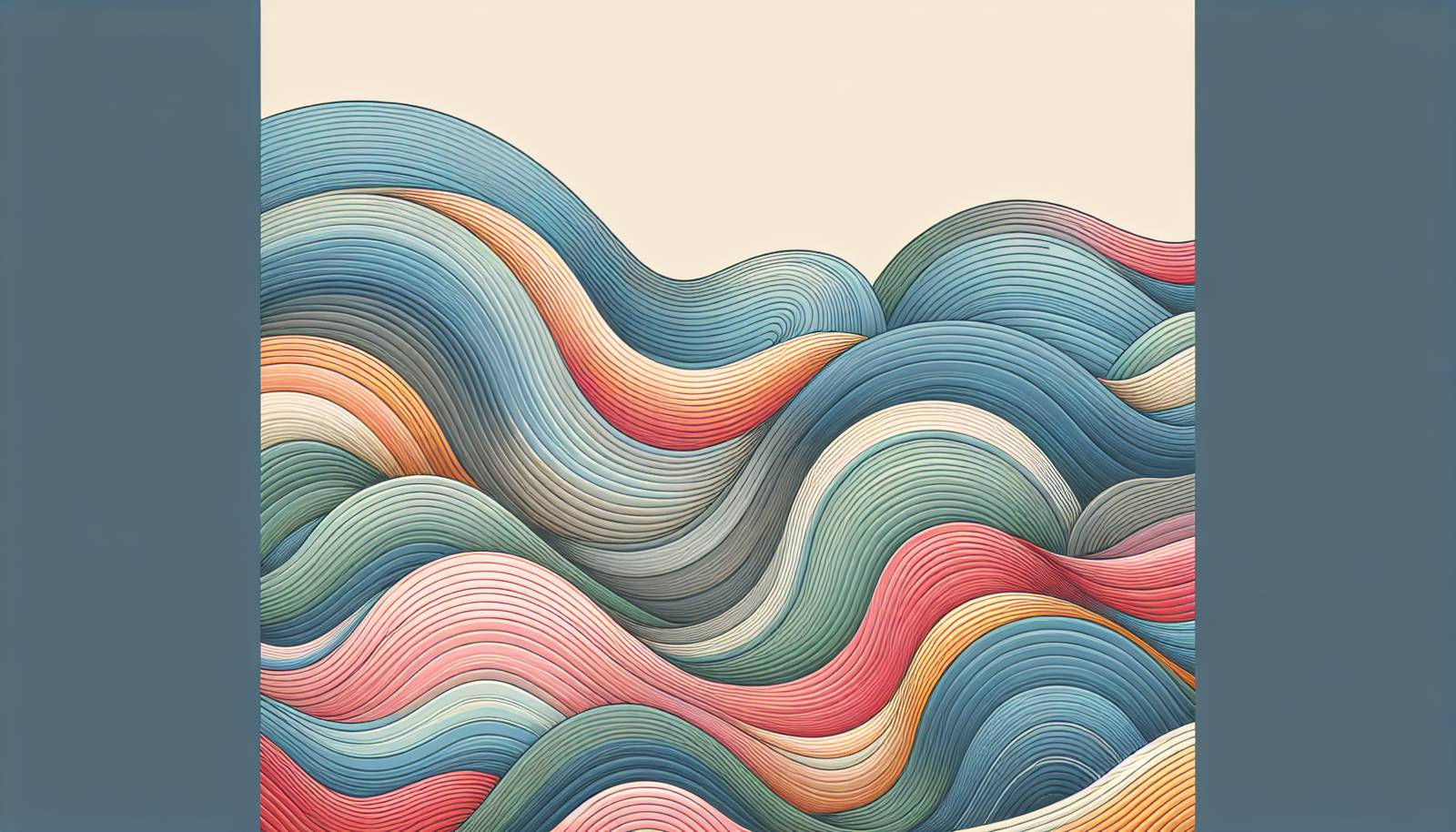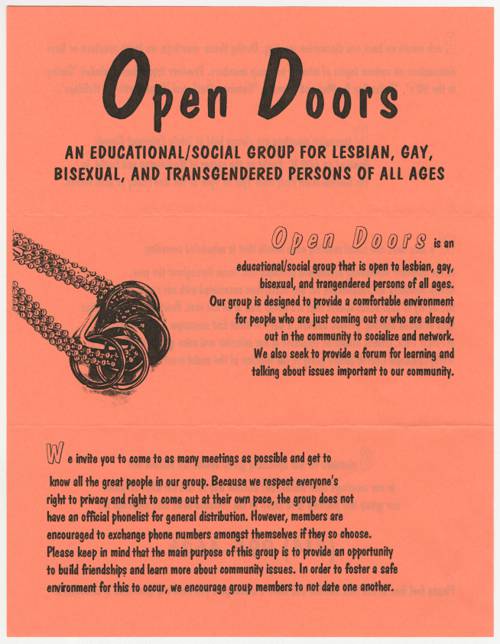
FAQ About The Evolution of LGBTQ+ Representation in Comic Books

What are the earliest examples of LGBTQ+ representation in comic books?
One of the earliest examples of LGBTQ+ representation in comic books is the introduction of LGBTQ+ characters in the 1980s, with characters like Northstar from Marvel Comics, who is part of the superhero team Alpha Flight. Northstar was one of the first major openly gay characters in mainstream comics, publicly coming out in 1992.

How has LGBTQ+ representation in comics changed over time?
LGBTQ+ representation in comics has significantly evolved from being either non-existent or treated with stereotypes to more nuanced and dynamic portrayals. Early representations often lacked depth and were fraught with stereotypes. Over time, comic books have expanded to include a more diverse range of LGBTQ+ characters who are integral to their stories, exploring complex themes such as identity, relationships, and social issues.

Why is LGBTQ+ representation in comic books important?
LGBTQ+ representation in comic books is important because it offers visibility and validation to LGBTQ+ individuals. It helps normalize LGBTQ+ identities and fosters understanding and acceptance. Representation can also influence public perception and contribute to broader social changes by challenging stereotypes and fostering empathy.

Which mainstream comics publisher was the first to prominently feature LGBTQ+ characters?
Marvel Comics was one of the first mainstream publishers to prominently feature LGBTQ+ characters, beginning with Northstar from Alpha Flight as an openly gay superhero. Marvel has continued to introduce and expand upon LGBTQ+ characters in its universe since then.

How have LGBTQ+ characters been portrayed in indie comics compared to mainstream comics?
Indie comics have often provided more diverse and authentic portrayals of LGBTQ+ characters compared to mainstream comics. They tend to explore a wider array of LGBTQ+ experiences and issues with greater depth and creativity, unhindered by certain commercial pressures faced by mainstream publishers. These portrayals can range from the everyday lives of LGBTQ+ individuals to fantastical narratives where queer identities are central to the story.

What impact have LGBTQ+ characters in comics had on readers?
For many readers, LGBTQ+ characters in comics offer a sense of representation and affirmation, allowing them to see themselves reflected in media. This representation can be particularly impactful for young LGBTQ+ individuals, providing role models and helping them feel less isolated. Additionally, these characters can educate and foster empathy among non-LGBTQ+ readers.

How do comic books reflect broader societal changes in attitudes toward LGBTQ+ people?
Comic books often mirror broader social attitudes and changes. As society has become more accepting of LGBTQ+ individuals, comic books have followed suit by increasingly featuring LGBTQ+ characters and storylines. Comics can serve as both a reflection of societal changes and a catalyst for further social progress, using storytelling to challenge prejudices and promote inclusivity.

Who are some notable LGBTQ+ comic book characters today?
Some notable LGBTQ+ comic book characters today include Batwoman (Kate Kane), Iceman (Bobby Drake), Harley Quinn, and Poison Ivy. Each of these characters has been depicted with depth and complexity, highlighting various aspects of LGBTQ+ experiences, relationships, and challenges.

Have LGBTQ+ comic creators influenced representation in the industry?
LGBTQ+ comic creators have indeed played a significant role in shaping representation in the industry. By bringing their own perspectives and experiences to their work, they have helped introduce more authentic and varied LGBTQ+ characters and storylines, pushing for greater inclusivity and depth in how these stories are told.

What challenges have LGBTQ+ characters faced in comic book storylines?
LGBTQ+ characters in comic book storylines have faced numerous challenges including discrimination, prejudice, and the struggle to fit within societal norms. Storylines often tackle issues like coming out, dealing with rejection from family or society, and the search for identity and acceptance. These narratives offer an honest exploration of the obstacles encountered by LGBTQ+ individuals.

How do LGBTQ+ themes in comics contribute to discussions about inclusivity?
LGBTQ+ themes in comics contribute to discussions about inclusivity by creating spaces where diverse stories are shared and celebrated. These comics can challenge stereotypes, broaden perspectives, and encourage readers to think critically about issues of identity, equality, and acceptance. By addressing these themes, comics can play an important role in fostering a more inclusive society.

What were some controversies surrounding LGBTQ+ representation in comics?
Controversies surrounding LGBTQ+ representation in comics have included backlash from certain segments of readers who opposed depictions of LGBTQ+ characters or storylines they deemed inappropriate. Additionally, there have been criticisms over tokenism, stereotypical portrayals, and the lack of depth in some presentations of LGBTQ+ characters.

How have LGBTQ+ comic book characters helped in cultural education?
LGBTQ+ comic book characters have helped in cultural education by providing readers with insights into the lives and challenges of LGBTQ+ individuals. Through character development and storytelling, these comics can educate readers about diversity, acceptance, and the realities faced by the LGBTQ+ community, promoting empathy and understanding.

What role do comic book conventions play in promoting LGBTQ+ inclusivity?
Comic book conventions often provide platforms for discussions about LGBTQ+ inclusivity and representation. Panels and workshops at these conventions can boost awareness and understanding, celebrate LGBTQ+ creators and characters, and offer fans a chance to engage directly with these themes, fostering a sense of community and support.

Are there LGBTQ+ specific comic book awards?
Yes, there are LGBTQ+ specific comic book awards, such as the Prism Awards, which recognize, promote, and celebrate diversity and excellence in comics and graphic novels that feature LGBTQ+ themes and content. These awards highlight outstanding achievements by LGBTQ+ creators and narratives.

How do LGBTQ+ comic book stories intersect with other social issues?
LGBTQ+ comic book stories often intersect with other social issues like race, gender, and socioeconomic status. By intertwining these themes, comics can explore how various social factors interact and impact the lives of LGBTQ+ individuals, offering a multifaceted perspective on inclusivity and equality.

How has fan reception influenced LGBTQ+ representation in comics?
Fan reception has played a crucial role in influencing LGBTQ+ representation in comics. Positive fan feedback and support for LGBTQ+ characters can encourage publishers to continue exploring and expanding these storylines. Conversely, activism and demand for better representation have prompted changes and improvements in how LGBTQ+ characters are portrayed.

What impact has digital media had on LGBTQ+ representation in comics?
Digital media has significantly impacted LGBTQ+ representation in comics by allowing for greater accessibility and distribution of diverse stories. Online platforms have enabled indie creators to publish LGBTQ+ content directly to readers, bypassing traditional gatekeeping and allowing for a wider array of voices and narratives to be heard and celebrated.

Which LGBTQ+ storylines have been particularly impactful in comics?
Some LGBTQ+ storylines that have been particularly impactful in comics include "The Wedding of Northstar" in Marvel Comics, which featured the first gay marriage in mainstream superhero comics, and the exploration of Batwoman's (Kate Kane) identity and her struggles with acceptance and discrimination. These storylines have resonated with readers and contributed significantly to discussions on representation.

How can readers support LGBTQ+ representation in comics?
Readers can support LGBTQ+ representation in comics by purchasing comics that feature LGBTQ+ characters and themes, supporting LGBTQ+ creators, and participating in conversations about representation. Engaging with publishers through social media or fan forums to express the importance of diverse and authentic representation can also influence the types of stories that are told.
